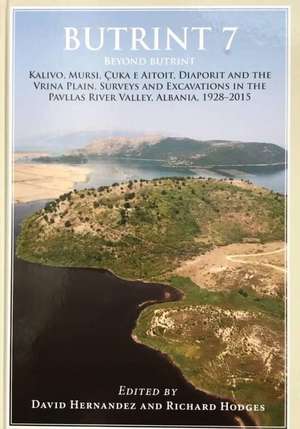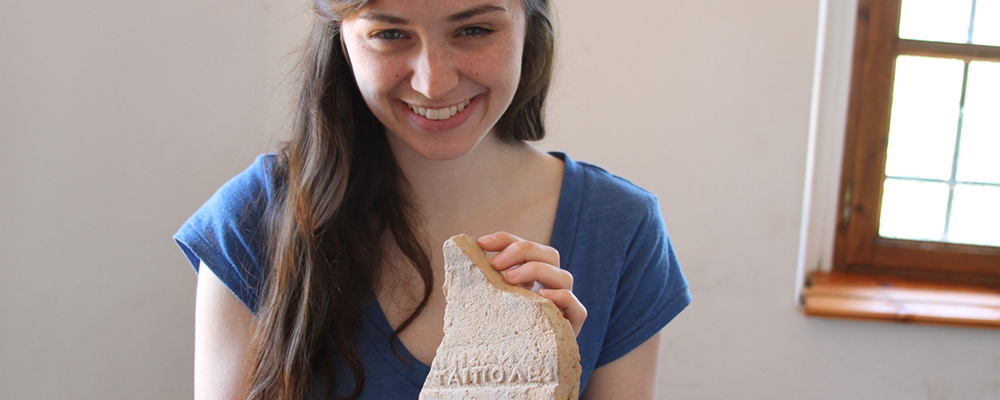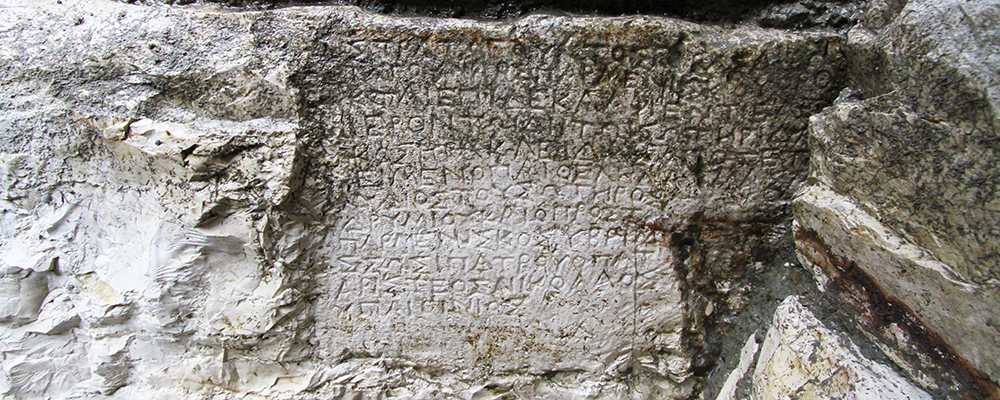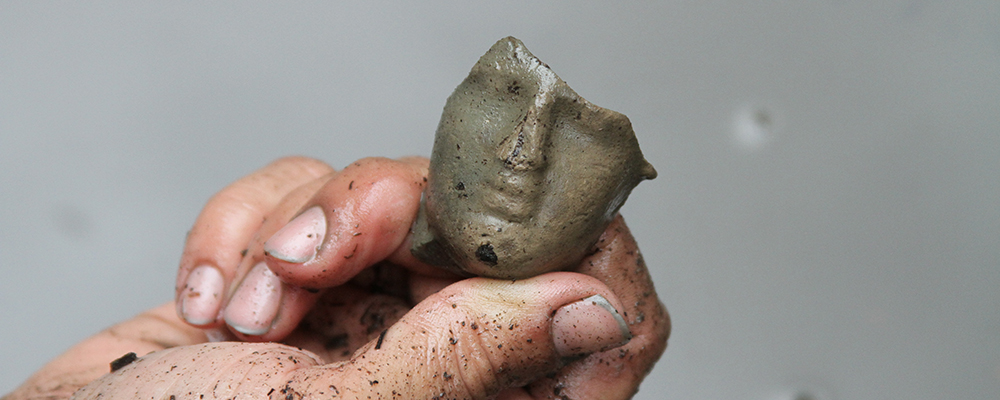As the nation's first UNESCO World Heritage Site, Butrint (ancient Bouthrotos/ Buthrotum) is the most famous archaeological site in Albania.
Discovered in 2005, the Roman Forum at Butrint is the only known forum in Epeiros and one of the best preserved of Augustan date (27 BC - AD 14) in the provinces of the Roman Empire.
Built over 2000 years ago by Roman colonists, the forum was the center of public justice, administration, business, religion, and entertainment.
The Roman Forum Excavations (RFE) Project is bringing to light the forum and unearthing a story that spans millennia, from the time of the city's birth in the 7th century BC to its abandonment in the 16th century AD.
This website offers a glimpse into the site, the fieldwork, and the remarkable ruins and artifacts discovered by the RFE Project.
_____________
Recent Publication
Hernandez, D. and R. Hodges (eds.) 2020. Butrint 7: Beyond Butrint. Kalivo, Mursi, Çuka e Aitoit, Diaporit and the Vrina Plain. Surveys and Excavations in the Pavllas River Valley, Albania, 1928-2015. Oxford: Oxbow.
ISBN: 9781789254334

Presenting new archaeological studies from recent fieldwork, this volume throws new light on the archaeology and history of the Pavllas River Valley, the Mediterranean alluvial plain in the territory of Butrint, ancient Buthrotum, in southwestern Albania. It gives prominence for the first time to two important sites, Kalivo and Çuka e Aitoit, which are here reinterpreted and shown to have played major roles in the early history of Butrint as it evolved in the later first millennium BC to emerge as the key city of Chaonia in Epirus. Butrint 7 also presents the full excavation report of the Late Bronze Age and Hellenistic fortified site of Mursi, in addition to other archaeological surveys and excavations in the hinterland of Butrint, including the Roman villa maritima at Diaporit, the villa suburbana on the Vrina Plain, and Roman sites on Alinura Bay and at the Customs House, as well as new surveys of the early modern Triangular Fortress and a survey to locate the lost Venetian village of Zarópulo. It also includes a new study of the Hellenistic bronze statuette of Pan found on Mount Mile and of his sanctuary at Butrint. The volume concludes with a comprehensive reassessment of the Pavllas River Valley in relation to Butrint, from the Palaeolithic to the modern eras, examining how dominion, territory, environment and the ‘corrupting sea’ reshaped Butrint and its fluvial corridor diachronically and particularly brought profound territorial, economic and social alterations under the Roman Empire.
Featured Article: The Abandonment of Butrint: From Venetian Enclave to Ottoman Backwater (Hesperia 2019)

Head of a terracotta figurine (dancing maenad from Tarentum), 3rd century BC (Art by Anna Zsófia Biller)







